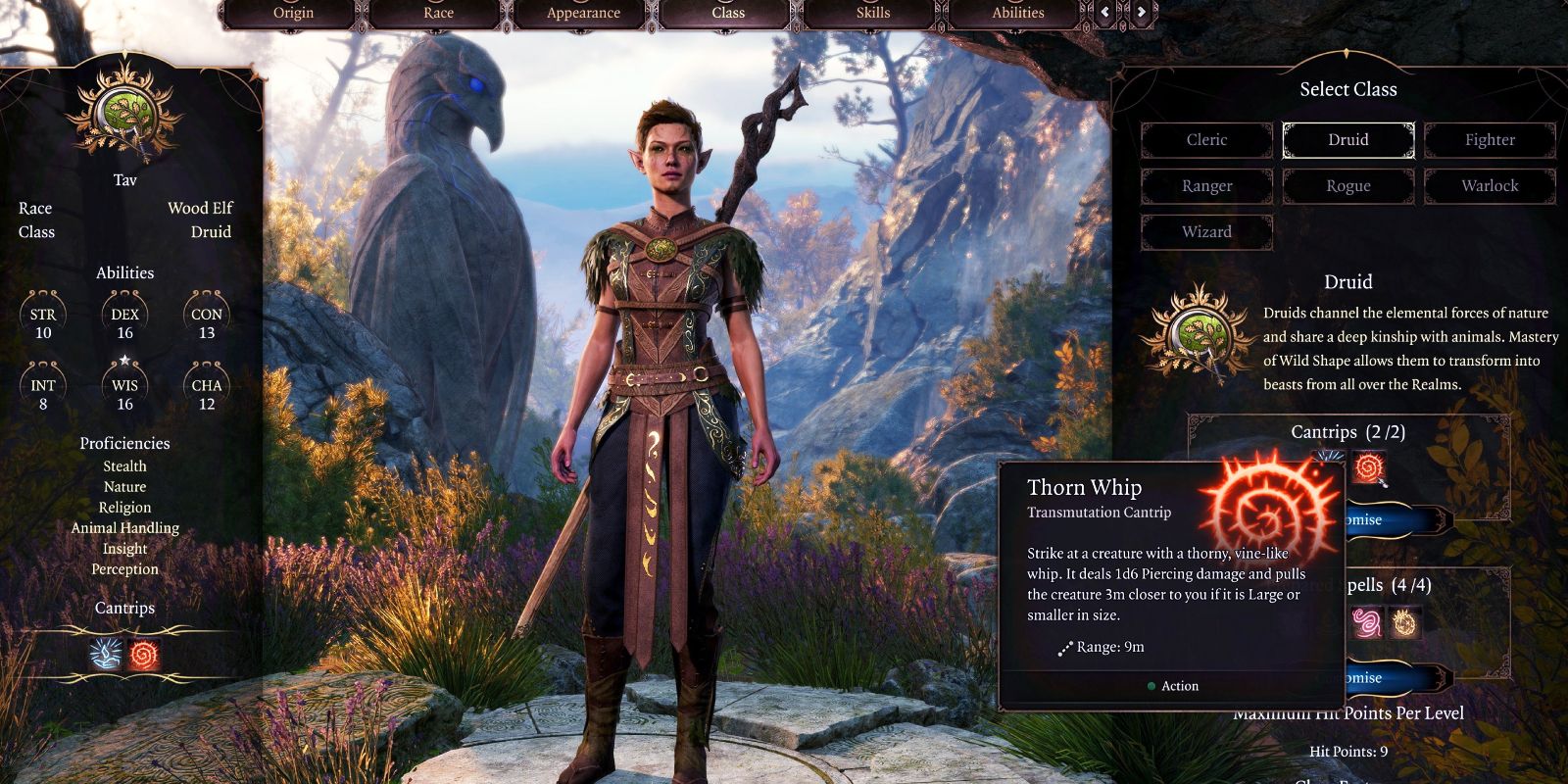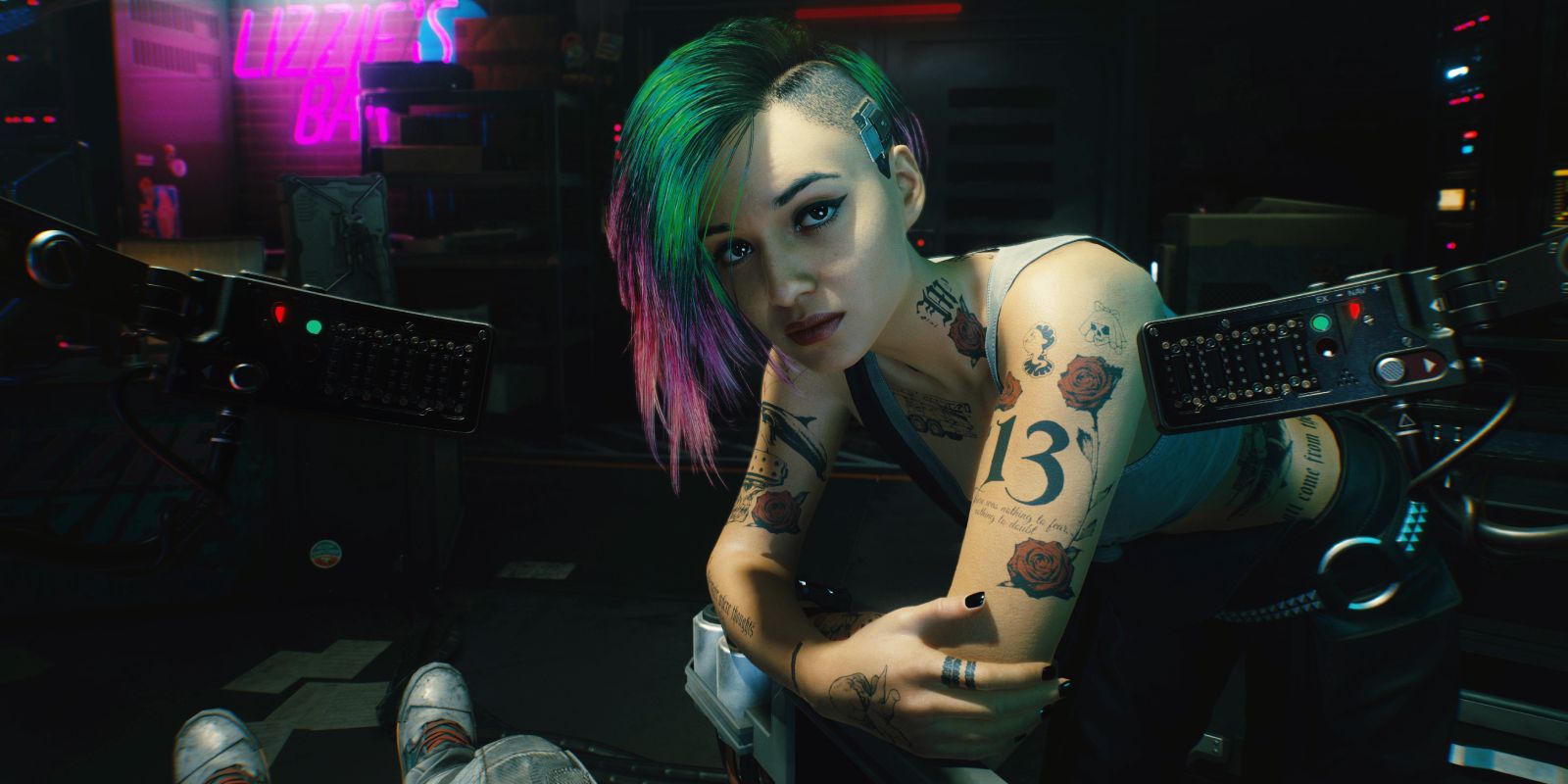Within the last several years, it's felt as though character customization has become increasingly common in RPGs. From smaller indie titles like Stardew Valley to highly-anticipated AAA games like Diablo 4, video games have featured less pre-established protagonists and more blank slates. Character creation has become geared to allow players to change everything from their player's gender to their facial piercings, and some games - like Cyberpunk 2077 - have even emphasized character customization as a primary selling point in marketing.
It's worth noting first and foremost that not every RPG follows this formula. Some story-heavy games still tell a story through the eyes of a predetermined character. Dragon Quest XI, Final Fantasy 7 Remake, and The Witcher 3 are a few examples of games that take this approach. Other games instead let players change everything but their player's name, therefore allowing them to still be easily acknowledged in dialogue. Many BioWare games like Dragon Age 2 and the Mass Effect trilogy demonstrate this - Hawke and Shepard can be entirely personalized in regards to everything save for their surname.
Other series, particularly RPGs that have traditionally been less focused on the character creation process, gradually switched gears to make customization a more central part of gameplay. Diablo 4's character creation system was recently explored in a quarterly update, and the expansive amount of personalization that will be available is a first for the franchise. The first Saints Row didn't allow players to create female characters, but the feature was introduced in Saints Row 2 and then increasingly expanded upon as new Saints Row games were released. Overall, character creation seems to be an increasingly prolific trend in RPGs, and there are a few reasons why that could be the case.
How Recent Years Have Changed RPG Character Customization
As technology improves, particularly when it comes to video game graphics, games are becoming more and more capable of creating lifelike characters. The Last of Us and Detroit: Become Human were both praised for their modeling process, which involved motion capture to create characters. The visual overhauls introduced in Mass Effect Legendary Edition, a remaster of the original trilogy, significantly improved the series' character models and level of detail. Even early access games like Baldur's Gate 3 have demonstrated just how realistic video game characters have started to get. While some may argue that this has started pushing games into uncanny valley territory, it could also be pointed out that these advancements have made extensive character customization in RPGs both more feasible and more rewarding.
Another factor worth considering is the broadening demographics of the gaming industry. Video games generated $35.4 billion in revenue in the U.S. as of 2019, with over 75% of U.S. homes having at least one gamer in them. This can likely be attributed in part to the widening accessibility of games, especially due to the rise of indie and mobile titles. It feels as though game developers and publishers are becoming more aware of how expansive and diverse audiences are, and allowing for character creation makes it easy for RPG protagonists to reflect this. Having a player character that isn't set in stone allows for players to create an experience that better represents them, which in turn can add to how immersed and engaged they feel while playing even the most fantastical RPGs.


